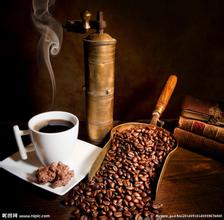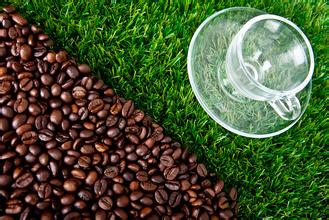What's the difference between the threaded bottom and the flat bottom of the coffee press-stir-fried coffee beans in a pan
What's the difference between the threaded bottom and the flat bottom of the coffee press-stir-fried coffee beans in a pan
First of all, the bottom of the powder hammer of Euro Curve: is arc-shaped, and the highest height difference at the edge of the powder hammer is in 3.355MM.
American Curve: relative to the bottom Radian of Euro Curve, the height difference between the highest point of the arc and the edge of the powder hammer is reduced to 1.661MM.
Flat: the most common powder press with a flat bottom at the bottom
C-Flat: it belongs to the combination of Euro Curve and Flat. It doesn't have a curved bottom like Euro, but like Euro, the pink hammer has a height difference, and the bottom has a horizontal flat bottom, but the edges are curved, and there is a height difference.
Ripple: it's hard to control. The bottom of the powder hammer is wavy.
C-Ripple: improved on the basis of Ripple, the pink hammer is made into a flat bottom at the edge, and there are several raised concentric circles in the center. The center of the pressed powder is wavy and the edge is horizontal.
Baristas all know that when using an espresso machine, the hot water brewed has about 9 atmospheric pressure (of course, this is not a fixed value, there are 12 atmospheric pressure or higher), and the pressure is very high, when the water penetrates the coffee cake. the water is inert. What is inertia, that is, water will penetrate through the weakest part of the coffee cake, not from the thickest place. Therefore, if you do not use a coffee powder press to compact and flatten the coffee (to make the density of the coffee powder in the powder bowl as uniform as possible), the essence of the coffee will not be extracted, or some parts will be overextracted. In other words, the main purpose is to flatten and tamp the coffee powder in the handle to form a flat horizontal plane, to better let the hot water be extracted through the coffee powder, and to enable the coffee powder to withstand the tremendous pressure caused by the coffee machine extraction. without being washed away and affecting the quality of the extraction. The force of the pressing powder should be determined according to the grinding thickness of the coffee powder, and the reference basis is the flow rate of coffee during extraction (extraction time 25 ±5 seconds). If the flow rate is too fast, the powder pressing strength is too light; if the flow rate is too slow, the powder pressure is too heavy, which will directly affect the Italian concentrated product and the taste of the coffee. In addition, everyone's application strength will be different, and there is a great difference between boys and girls, so it is necessary to adjust the corresponding strength according to the actual extraction effect. It should be noted that pressing powder is only one of the links, and there are a variety of factors that affect the extraction, such as powder quantity, powder thickness, cloth powder, pressing powder, which need to be taken into account.

Important Notice :
前街咖啡 FrontStreet Coffee has moved to new addredd:
FrontStreet Coffee Address: 315,Donghua East Road,GuangZhou
Tel:020 38364473
- Prev

Coffee bean price-Yunnan coffee bean price 2016 coffee bean purchase price
The Price of Coffee beans-the Price of Yunnan Coffee beans in 2016 A shepherd named Kaldi in the subhighlands discovered that his sheep had inadvertently eaten the fruit of a plant and became very lively and energetic. All historians seem to agree that the birthplace of coffee is Kaffa in Ethiopia.
- Next

Coffee beans grind white impurities-do coffee beans drink directly after grinding
White impurities in coffee beans-drink coffee beans directly after grinding? 1: anyone who likes coffee knows that buying the best coffee beans is only the first step in enjoying good coffee, and the way you make coffee is as important as choosing coffee beans. One of the secrets of home coffee: in order to avoid bitterness, do not boil coffee. The ideal temperature should be between 90 and 96 degrees (195 to 205 degrees Fahrenheit).
Related
- Guji coffee producing area of Guji, Ethiopia: Humbela, Shakiso, Wulaga
- What is the most expensive variety of Qiloso in BOP multi-variety group?
- How to store the coffee beans bought home?
- Why are Yemeni coffee beans so rare now?
- Ethiopian Sidamo all Red Fruit Sun Sun Santa Vini Coffee beans
- SOE is mostly sour? What does it mean? Is it a single bean? what's the difference between it and Italian blending?
- Is Italian coffee beans suitable for making hand-brewed coffee?
- How to choose coffee beans when making cold coffee? What kind of coffee beans are suitable for making cold coffee?
- Just entered the pit to make coffee, what kind of coffee beans should be chosen?
- Can only Japan buy real Blue Mountain Coffee? What are authentic Jamaican Blue Mountain coffee beans?

